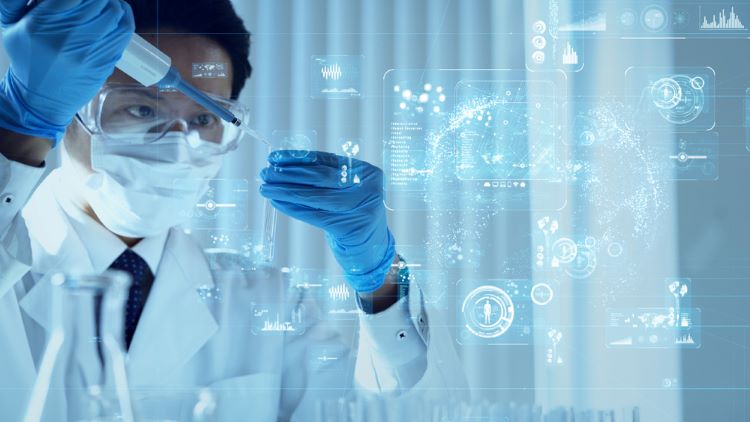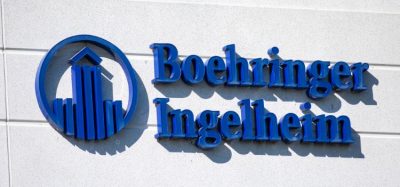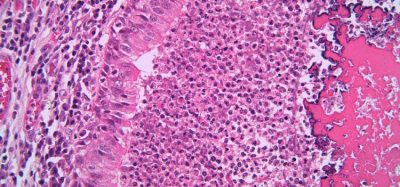What is the future of biologic medicines?
Posted: 2 May 2024 | Catherine Eckford (European Pharmaceutical Review), Sigma Mostafa (KBI Biopharma) | No comments yet
Sigma Mostafa, PhD, Chief Scientific Officer at KBI Biopharma, discusses the current trends in biologics and how technologies such as automation are advancing the field.


Recent developments in the biologic therapies sector include the authorisation of Pyzchiva® (biosimilar ustekinumab) by the European Commission, and promising 12-month data for Roche’s subcutaneous injection of OCREVUS® (ocrelizumab) for relapsing or primary progressive multiple sclerosis.
The biologics market is expected to continue its fast growth despite the slowdown in funding observed in the past year. As a result, the market is expected to reach $719 billion by 2030,1 Sigma Mostafa, PhD, Chief Scientific Officer at KBI Biopharma shared with EPR.
In this Q&A, Sigma elucidated on the current key trends and challenges within field, with two major obstacles being the “translatability of the preclinical data to the human patient and the manufacturability of the drugs being developed”.
How has the development landscape for biologics evolved over the last several years?
What is truly exciting is the diversification of the biologics structures we are seeing in the pipeline of most major pharma and biotech companies”
What is truly exciting is the diversification of the biologics structures we are seeing in the pipeline of most major pharma and biotech companies. There are a lot of conjugated products in the clinical pipeline and novel conjugation partners and chemistries are being tried. Developing such hybrid products requires both large molecule and small molecule expertise and it requires biologists and chemists to come together to identify the unique properties of these products and make them manufacturing friendly.
What are two current trends you see impacting the biologics field?
Two trends that I expect to continue in the foreseeable future are the move towards precision medicine and the diversification of the biologics chemical structures. Precision medicine, also known as personalised medicine, refers to customising biological therapies to a segment of the patient population based on omics data (genetics, epigenetics, and proteomics) and lifestyle factors. There have been upward of 1,900 precision medicine clinical trials conducted to date. XDCs, which stands for biologics (X) drug (D) conjugate (C), are rising in popularity, and are an example of the diversification of biologics configuration. The “X” stands for any type of biologics including monoclonal antibodies, bi-specific and multi-specific antibodies, and other recombinant proteins.
These trends have an impact on manufacturing capacity. Precision medicine poses a challenge for some because it requires smaller batch size and traditional large stainless steel facilities may not be able to provide the flexibility to meet this need. On the other hand, the varied conjugation chemistries now required for the new biologics configurations mean that manufacturing facilities will have to be able to cater towards these scaled-up conjugation and purification needs.
What are two of the current biggest challenges when developing biologic therapies? How can these be overcome?
Given the decade plus time needed to get a drug from the research stage to the market and the exorbitant cost of biologics development, predictability of clinical outcome is the biggest need”
Given the decade plus time needed to get a drug from the research stage to the market and the exorbitant cost of biologics development, predictability of clinical outcome is the biggest need. If we look at biologics development through this lens, then the two major challenges are translatability of the preclinical data to the human patient and the manufacturability of the drugs being developed.
In vitro organoid models are also becoming popular in oncology drug development. Next, many clinical research organisations (CROs) undertake manufacturability assessment, which starts with first modelling the protein structure in silico. From the protein structure, protein chemistry principles can be applied to estimate development and manufacturing susceptibilities of the molecules.
How is automation and digitalisation shaping the future development of biologic therapies?
automation is now embedded in all stages of biologics development”
All aspects of biologics development are being shaped by automation and digitalisation and their rate of adoption by companies of all sizes is accelerating. As a result, automation is now embedded in all stages of biologics development.
Automated microbioreactors have been in place for many years, and these platforms are being used as validated scale-down models for large-scale bioreactors. Continuous manufacturing technologies have incorporated a lot of automation solutions for at-scale manufacturing. Cutting-edge approaches are also helping to rapidly advance the development of biologics and the use of machine learning in drug discovery and development has gained a lot of momentum. AI tools are being used in molecule developability assessment, cell line and vector optimisation, reduction in number of process development studies, and in selection of final formulation. Use of digital twins to simulate real situations and their outcomes on the manufacturing floor is highly valuable.
What excites you most about the future of biologic therapies?
What excites me most is the continuous infusion of new modalities, unique conjugates, and enabling technologies leading to more targeted and effective therapies. It is encouraging to see even large pharma widening their portfolio with a range of new modalities that are expected to have higher efficacy or better performance in targeted patient groups.
About the interviewee


References
- Biologics Market Size to Worth Around US$ 719.84 Bn by 2030. [Internet] Globe Newswire. 2022. [cited 2024May]. Available from: https://www.globenewswire.com/en/news-release/2022/04/20/2425668/0/en/Biologics-Market-Size-to-Worth-Around-US-719-84-Bn-by-2030.html
Related topics
Biologics, Biopharmaceuticals, Clinical Development, Clinical Trials, Drug Development, Drug Manufacturing, Drug Safety, Industry Insight, Manufacturing, Personalised medicine, Research & Development (R&D), Technology, Therapeutics









